Medical Advice









In Ermateb, all patients can comfortably use our free consultation and ask us all of their questions.
Ermateb is a facilitator in the medical tourism industry. One of the important goals of this company is to provide the best medical services with the highest quality. In this Group, we consider the commitment and responsibility for the welfare and comfort of patients as a turning point to provide the best services in the field of medical tourism, and we are committed to this covenant.